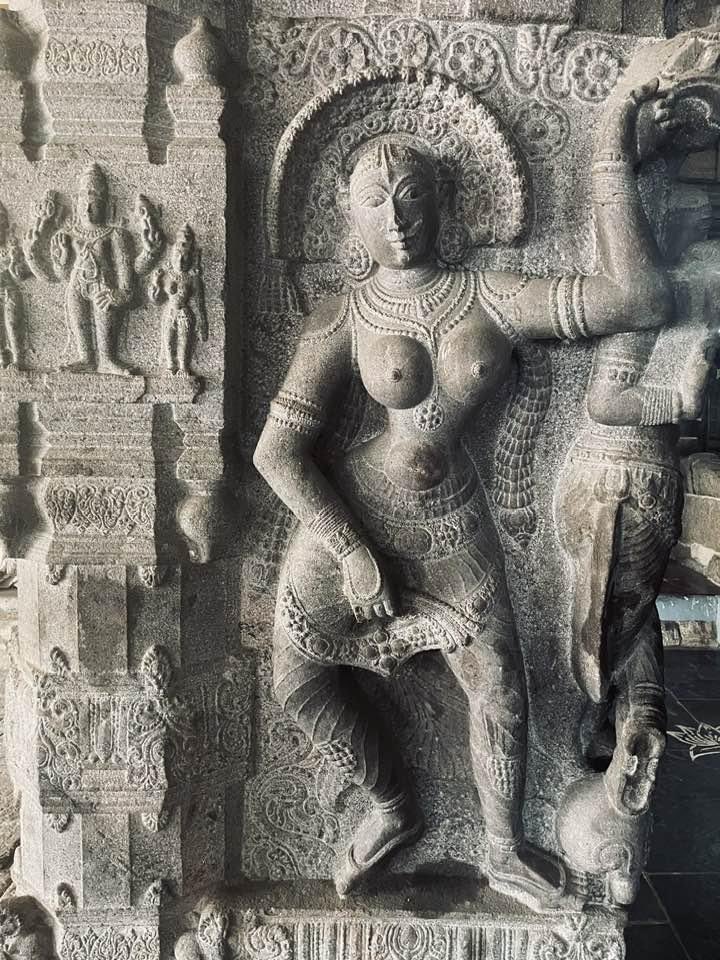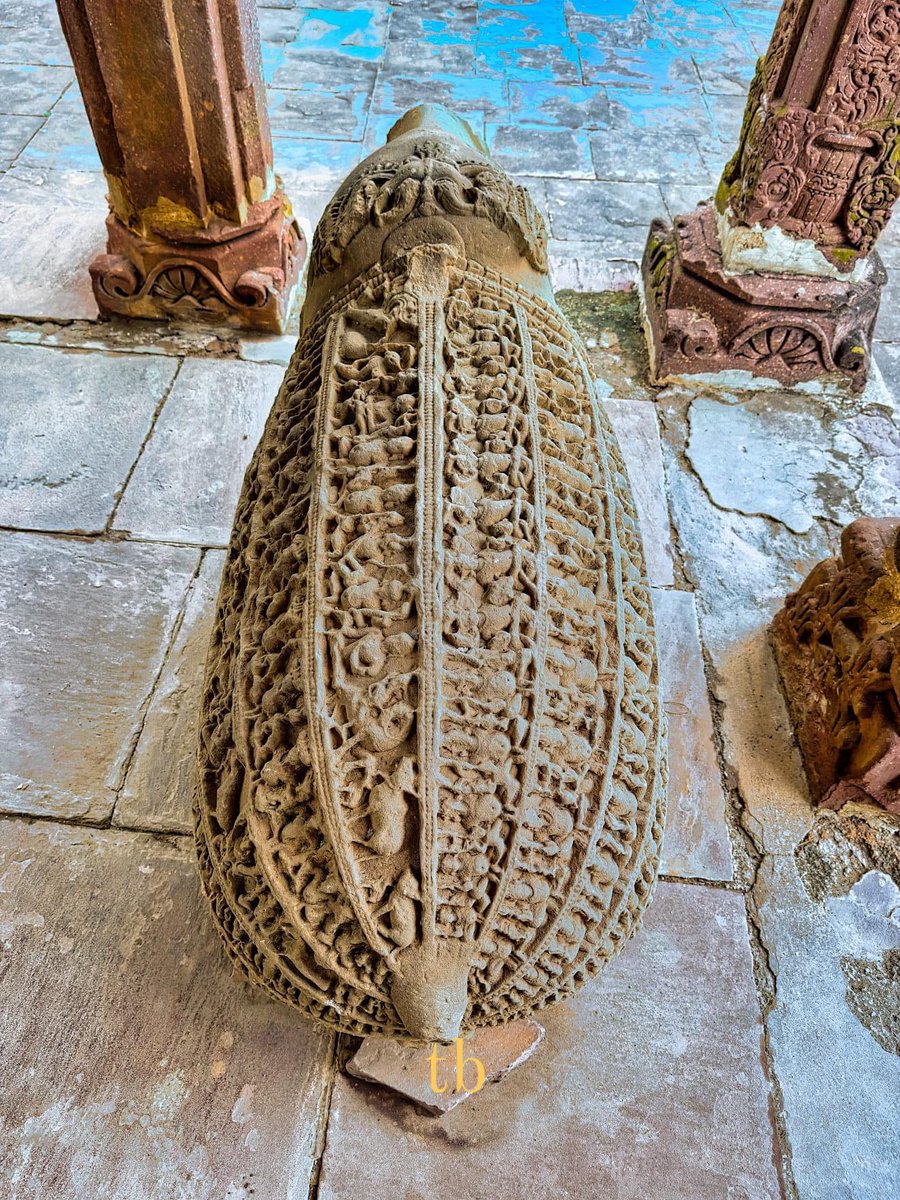For past 1 month the mullahs are blocking the traffic on this road which has a masjid using police barricades so that they can do namaz inside the mosque. Police ignored this act. Today Bajrang Dal Karyakartas talked to them and made them remove the barricades. When KCR’s hands
r tied with Owaisis & HM belongs to their Quom what else can u expect? Who knows, they may perform Namaz on the road after few days.
Location:
Road next to Bhima’s hotel, OU colony, shaikpet, Hyderabad
This is how #KaChaRa ‘s rule looks like. Appeasement at every step.
Location:
Road next to Bhima’s hotel, OU colony, shaikpet, Hyderabad
This is how #KaChaRa ‘s rule looks like. Appeasement at every step.
హైదరాబాద్ Shaikpet లోని OU కాలనీ, బీమాస్ హోటల్ పక్క రోడ్డు నుంచి మణికొండ మర్రిచెట్టుకు వెళ్లే రోడ్డును అక్కడ ఉన్న ముస్లిమ్స్ తమ మసీదు లోపల నమాజ్ చేయడం కోసం ఏకంగా రోడ్డుని పోలీసుల బారికేడ్లు వేసి, ట్రాఫిక్ మొత్తం బంద్ చేశారు, నెల నుంచి నడుస్తుంది ఈ దాదాగిరి.
పోలీసులు చూసి చూడనట్లు పట్టించుకోకుండా వదిలేశారు. ఈరోజు వాళ్ళ నమాజ్ కోసం రోడ్లను బారికేడ్లు వేసి ట్రాఫిక్ ఆపారు, రేపు రోడ్డు మీద నమాజ్ కూడా చేస్తారు, ఈరోజు బజరంగ్దళ్ కార్యకర్తలు వచ్చి బ్యారికెట్లు మసీదు వాళ్లకు చెప్పి బ్యారిగేట్లు ముస్లింల తోనే తొలగింపజేశారు.
జాగో హిందూ జాగో🚩
జాగో హిందూ జాగో🚩
• • •
Missing some Tweet in this thread? You can try to
force a refresh

 Read on Twitter
Read on Twitter






















